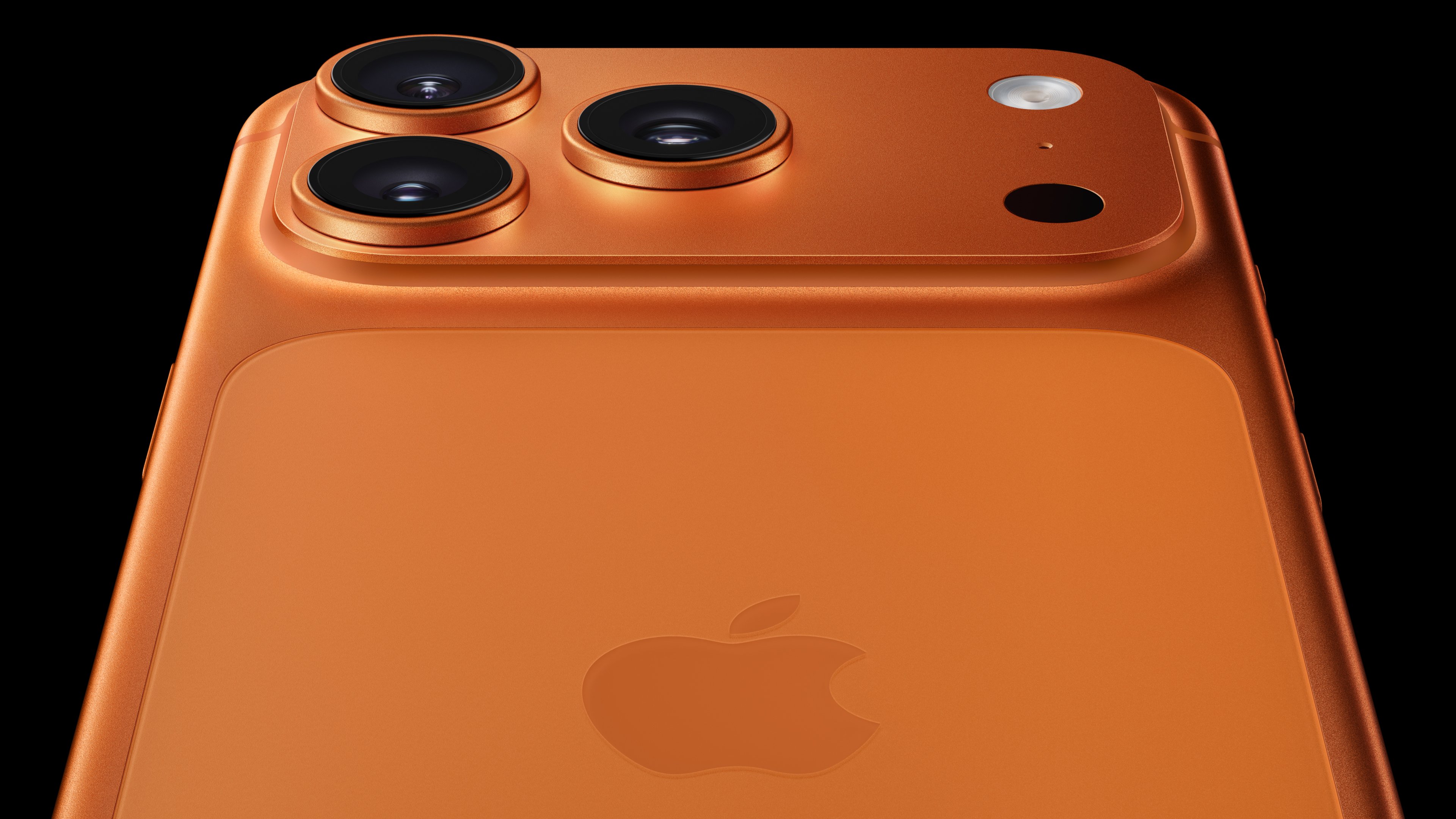At this point, it's been widely reported that Apple (AAPL +0.58%) is struggling to implement a through-the-glass fingerprint scanner on its upcoming premium iPhone 8, which will include a full-face OLED display.
KGI Securities analyst Ming-Chi Kuo, a reliable voice when it comes to future Apple iPhone features, flat out doesn't think Apple is going to include Touch ID in the OLED iPhone altogether. Mark Gurman with Bloomberg, another good source of Apple leaks, says that Apple is looking to replace Touch ID with facial recognition in the new iPhone.

Image source: Apple.
In addition to leaks from these two generally very reliable sources, analyst Andy Hargreaves says that Apple is still trying to get the under-the-display Touch ID technology implemented in the OLED iPhone, but that time is running out for the iDevice maker to do so.
And, now, analyst Mehdi Hosseini (via Barron's) has some additional insight into the struggles that Apple is facing with Touch ID and the OLED iPhone, as well as what customers could ultimately see in the final product.
Trouble ahead
Hosseini says that "recent checks confirms [sic] the recent media reports regarding Apple facing integration challenges with the OLED version of [iPhone 8]," and notes that those challenges pertain specifically to the integration of the fingerprint scanner into the display.
Per Hosseini, his "checks with contacts in Korea suggest Apple is currently contemplating two options: (1) using software to resolve hardware challenges, (2) removing finger print option altogether."
"We expect a final decision by mid August, with final tests and trial concluding by mid September," Hosseini said.
Is Apple's strategy "backfiring"?
Hosseini says that, with respect to the premium iPhone 8, Apple "adding too many features appears to be backfiring."
Although it's true that Apple may have bitten off more than it can chew in trying to transition to a full-face OLED display/integrated Touch ID, I'm not convinced that the strategy is "backfiring."
If Apple finds a suitable alternative to Touch ID (it seems like the 3D-sensing technology that is expected to be included in the phone could do the trick), then I think the technical bets that Apple has made will turn out to be the correct ones.
Indeed, the average consumer will likely find the very high screen-to-body ratio of the new iPhone 8 (enabled by the full-face OLED display) aesthetically appealing, which could more than offset any "frustration" the lack of Touch ID (should Apple ultimately not get this technology to work) could engender.
Furthermore, Apple is also expected to launch "standard" iPhone models with significant upgrades and, presumably, the standard Touch ID solution. So, for customers that absolutely must have Touch ID and don't find all the other features that will be exclusive to the OLED iPhone (OLED display, full-face display, 3-D sensing, and so on) all that compelling, Apple will still offer a solid product set.
I hope that Apple's takeaway from trying to pursue this new strategy isn't to give up on trying to take big risks to deliver interesting products for its most enthusiastic iPhone fans. Instead, I hope that Apple simply takes stock of what went wrong in the development process of this year's premium iPhone and rolls the lessons that it learned into the development of future products.






